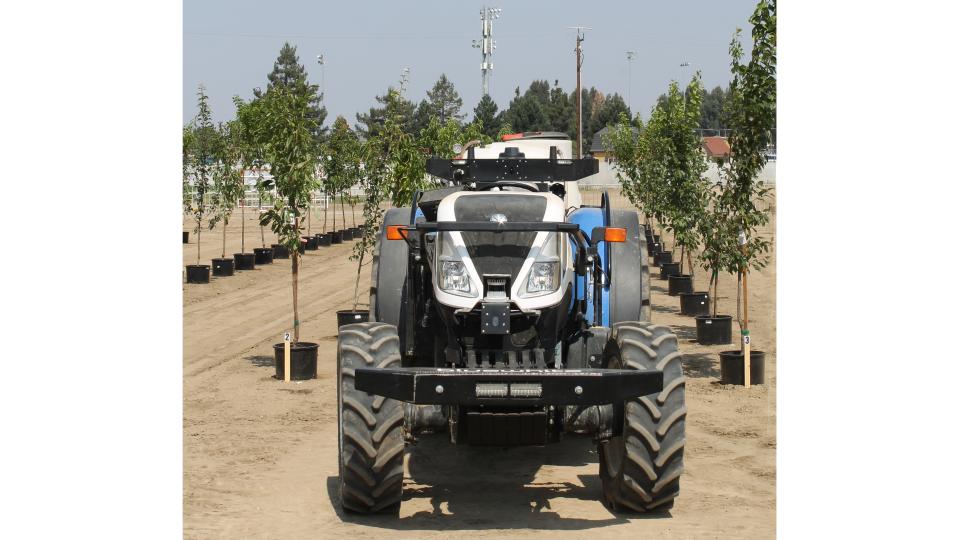Mid-Atlantic Strawberry Growers Under Unusual Pressure From 2 Pests

A grown corn earworm larva is infesting this strawberry.
Photo courtesy of NC State Extension
The corn earworm (Helicoverpa zea, Lepidoptera: Noctuidae), a significant pest known for its broad host range, has been reported infesting various strawberry fields in North Carolina and Virginia recently. This pest, typically found in corn and tomatoes, can cause extensive damage to strawberries, affecting the fruit quality and yield. The Tarnished plant bug — also known as Lygus bug (Lygus lineolaris, Hemiptera: Lygaeidae, is the eastern U.S. species) also has been reported in various strawberry farms in North Carolina.
Because the earworms feed directly on the fruit, contact insecticides are not likely to control them. Systemic insecticide options are the best option to remediate these outbreaks, such as Coragen (chlorantraniliprole) or Harvanta (cyclaniliprole). Two insecticide applications scheduled one week apart are enough to mitigate infestation. Some formulations of Bt-based insecticides are approved to control corn earworms in organically-grown strawberries.
Lygus bug usually infest strawberries during the last weeks of harvest in early June. However, moderate to severe infestations have been observed 2 to 3 weeks early this year.
Feeding by nymphs and adults results in distorted, “cat-faced” strawberries due to seed feeding. Lygus bugs start feeding on small growing fruit that limits its normal growth causing deformed (“cat-faced”) unmarketable fruit. These insects can be easily seen with the naked eye resting on the plants during the day.
Because Lygus bugs are highly mobile, systemic products are the best option to remediate early outbreaks, such as Transform (sulfoxaflor) or Assail (acetamiprid). These products are highly toxic to bees; thus, read the label closely to keep your pollinators safe and apply them as late as possible in the day to avoid overlaps with the bees’ activity peak.
For more information and photos, continue reading at strawberries.ces.ncsu.edu.









